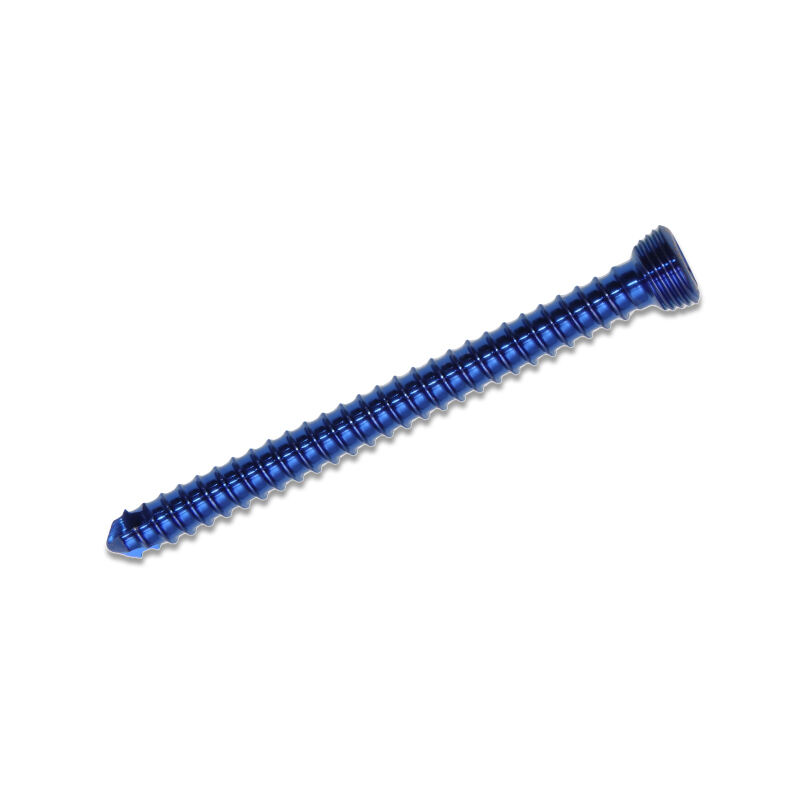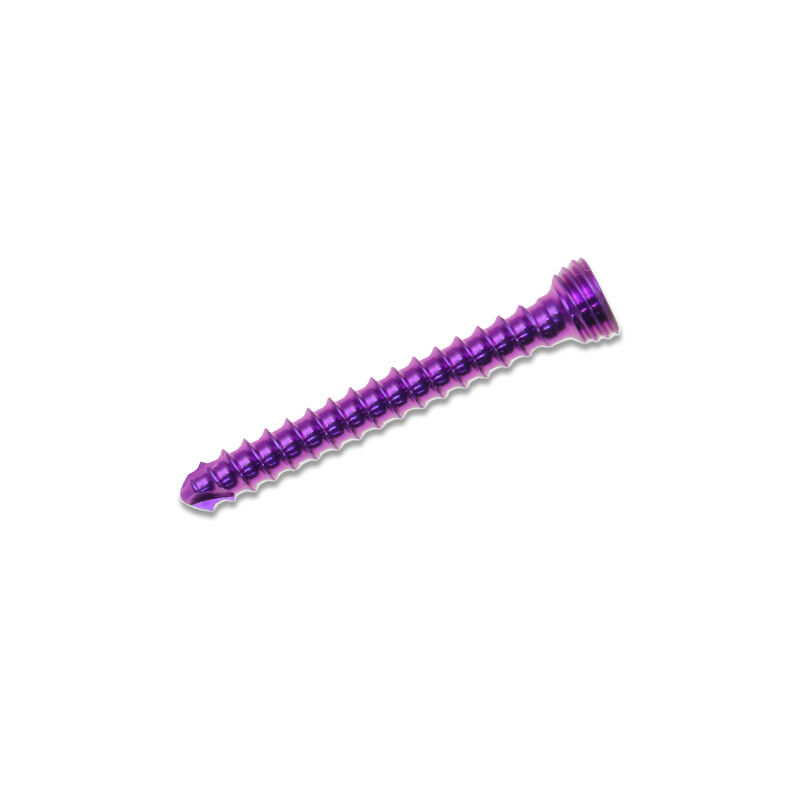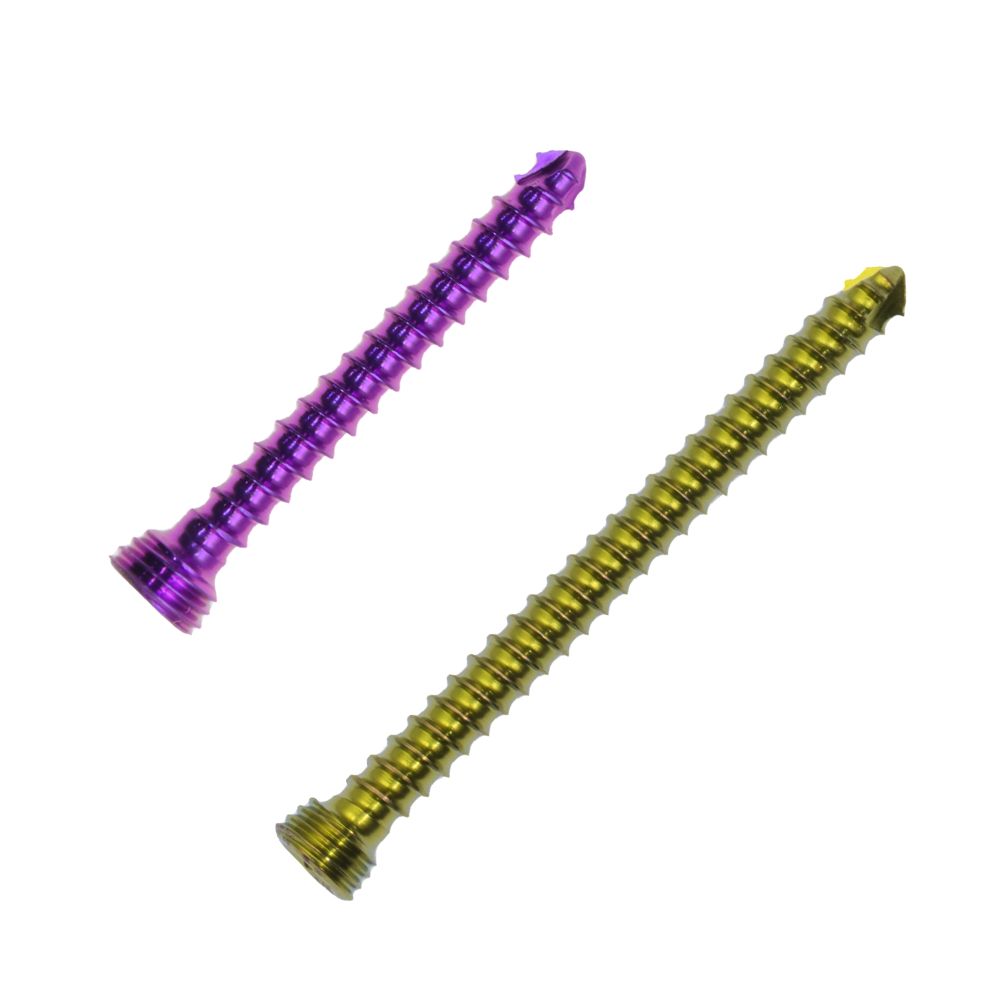orthopedic locking screws
Orthopedic locking screws represent a crucial advancement in modern orthopedic surgery, offering enhanced stability and improved healing outcomes for bone fracture fixation. These specialized screws feature unique threading patterns that create a fixed-angle construct when combined with appropriate plates, effectively preventing screw loosening and maintaining fracture reduction. The screws are manufactured from biocompatible materials, typically titanium or stainless steel, ensuring optimal tissue compatibility and long-term durability. The locking mechanism works by engaging with threaded plate holes, creating a unified construct that distributes force more evenly across the fixation system. This technology is particularly valuable in treating complex fractures, especially in patients with compromised bone quality or osteoporosis. The screws come in various sizes and designs, accommodating different anatomical locations and fracture patterns. Advanced surface treatments and coatings can enhance osseointegration and reduce the risk of infection. These screws have revolutionized orthopedic trauma surgery by providing superior biomechanical stability and reducing the risk of fixation failure.


